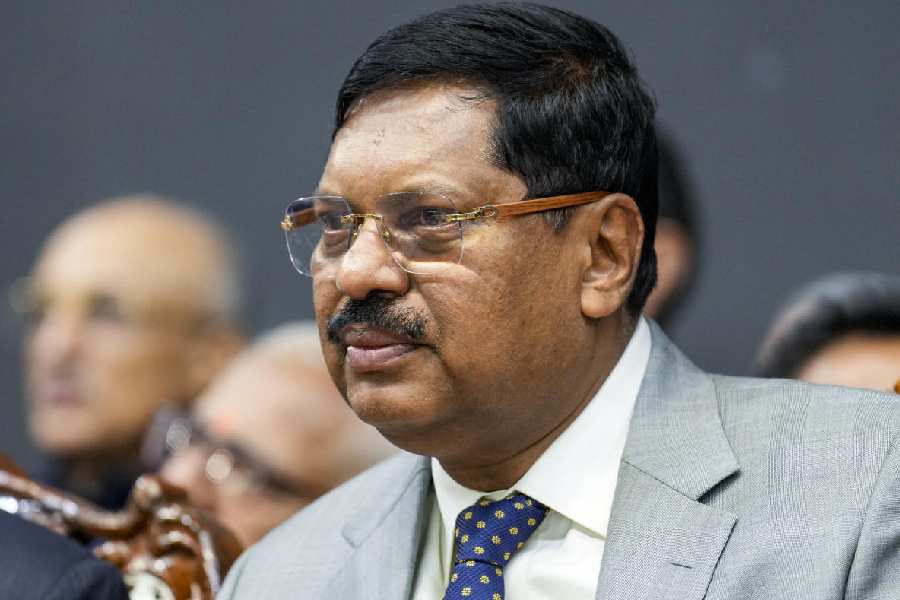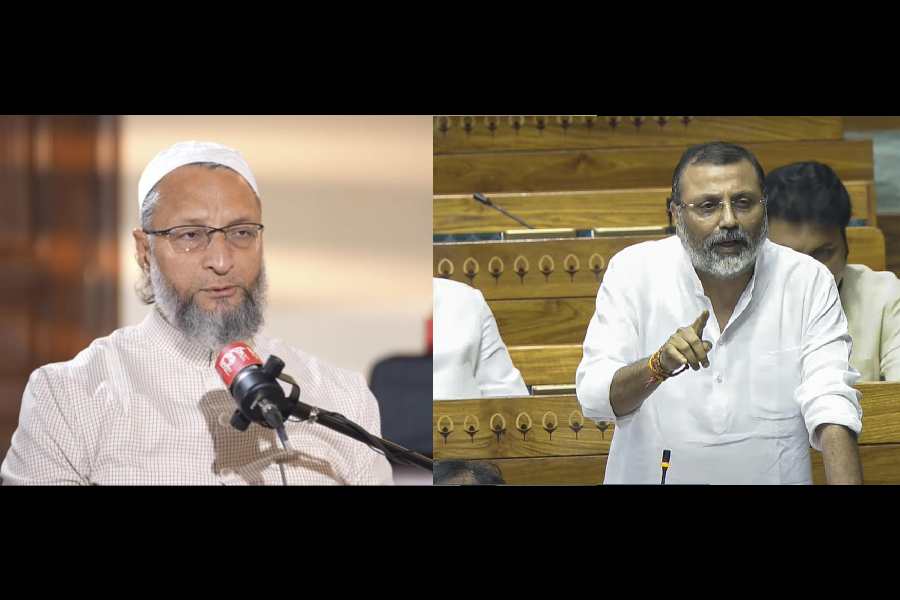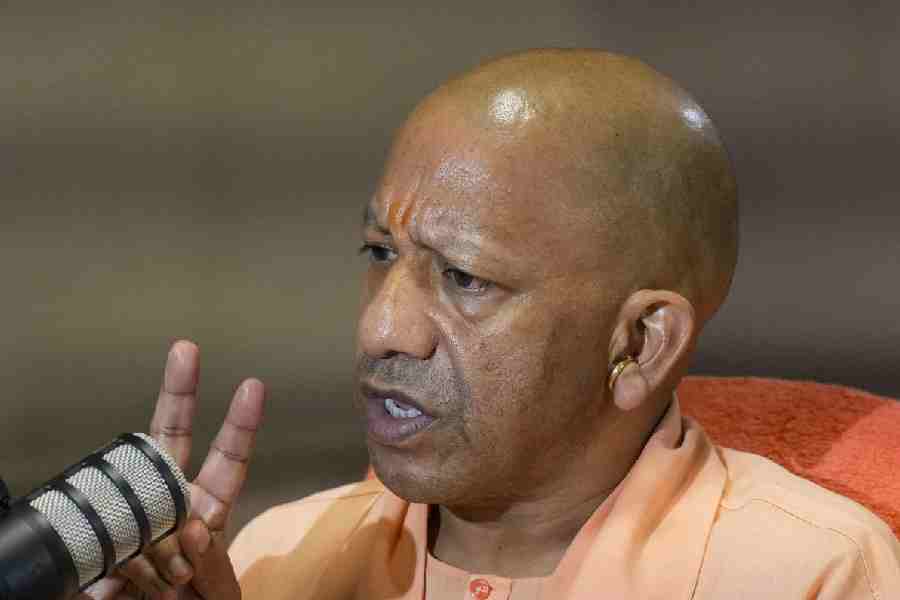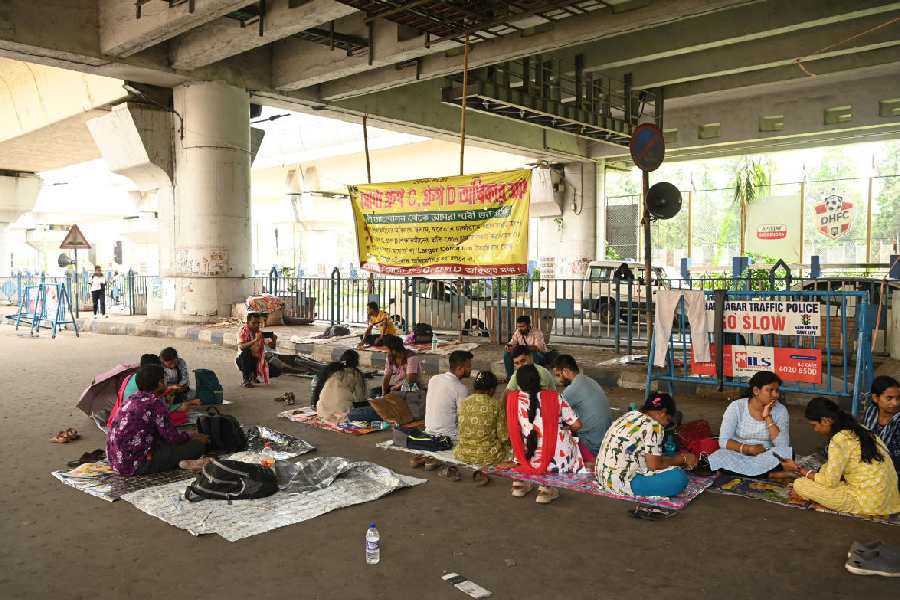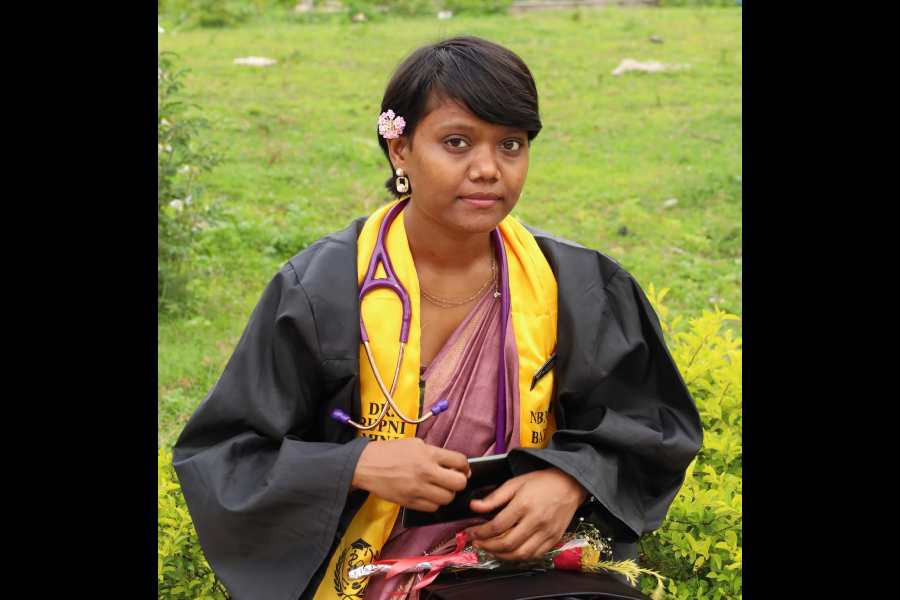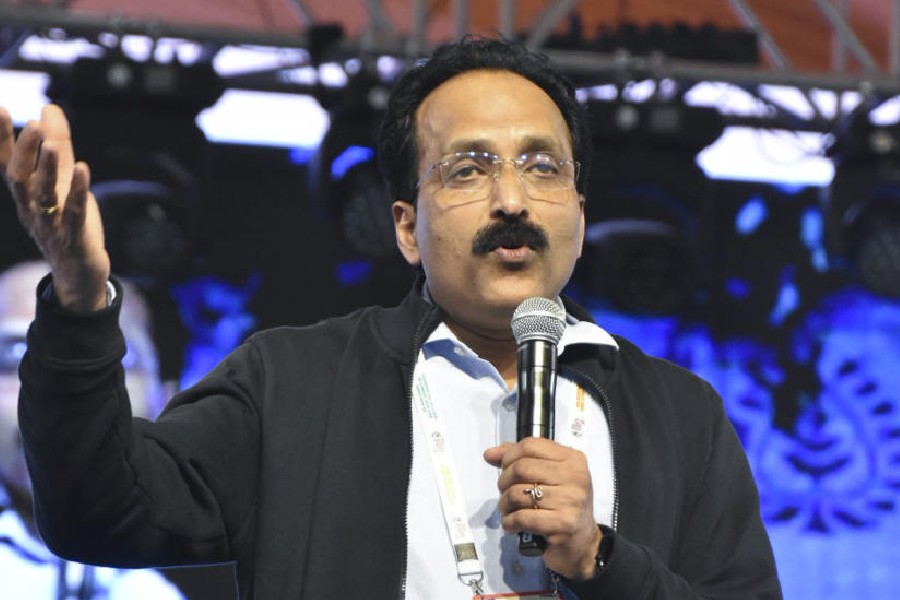Uttar Pradesh is the political heartland of India, Varanasi the spiritual centre of UP, the Kashi Vishwanath temple the best endowed place of worship in Varanasi. With these facts in mind, the advisers of Sonia Gandhi have decided that she must visit that temple early on in the election campaign.
According to a news report, the pandits of the Kashi Vishwanath mandir are divided on the issue. Some are prepared to welcome her, others think she does not qualify as a ?Hindu?. While they think it over, the mahant of the Sankat Mochan temple ? a Varanasi tirthsthan of only slightly lesser status ? has announced that the lady will be welcome in its precincts.
Sonia Gandhi is believed to be carefully modelling herself on her late mother in law. Now the greater Mrs Gandhi herself liked to frequent temples, especially in the last years of her life. She was partial to holy men as well, not least the odious Dhirendra Brahmachari. When the Sikh revolt started in the early Eighties, Indira Gandhi decided to present herself as the saviour of the Hindus. There was a particularly forgettable election campaign in Jammu and Kashmir where the Congress president was careful to be ?secular? in the valley but to present herself as sanatan dharmi in the Jammu region.
One temple Indira Gandhi was not allowed to enter was the great shrine of Jagannath in Puri, whose priests decided that by marrying a Parsi she had effectively abandoned her ancestral faith. It is possible that those who light the fires and organize the collections at the Kashi Vishwanath temple will likewise decide to keep the current Congress president out, on the grounds that she is a Catholic married to a Parsi. What is noteworthy, however, is the effort itself, the desire of both the Mrs Gandhis to cultivate the support of the established, orthodox and (it must be said) reactionary Hindu priesthood.
In this respect, the behaviour of the two ladies cannot be further removed from the political style and practice of the founder of their ?dynasty?. Jawaharlal Nehru was born into a high Brahmin household, and was known throughout his life as ?Panditji?. Although he had not time for worship or ritual he did have a keen interest in Hinduism and was not uninfluenced by it.
The ideas of the faith are treated with respect in his books and Hinduism?s sacred geography is movingly endorsed in his last will and testament, with its paean to the rivers and mountains of India. Yet in his public life, Nehru deliberately and completely set himself apart from religion. No temple in India, whether in Puri or Varanasi or anywhere else, could have had reason not to welcome this Brahmin prime minister. But so far as I know, he did not visit any of them. He deeply disapproved of politicians who made a public display of their faith and was to have a famous falling out with his president, Rajendra Prasad, when the latter gave his tacit support to the campaign to rebuild the Somnath temple.
Nehru had nothing but contempt for the men who claimed to represent or lead the Hindu religion. He successfully overcame their opposition to the Hindu code bill of 1956, a piece of legislation that brought this ancient faith kicking and screaming into the 20th century.
Consider also the attitude to the ?leaders? of Hinduism of Mohandas K. Gandhi. Now unlike Nehru, Gandhi was a practising Hindu, who had made a close study of the sacred scriptures and published commentaries on them. He also prayed daily, often twice or thrice a day. Yet the only time he came into contact with the official guardians of the faith was to fight with them. He bitterly alienated the orthodox Hindu through his campaign to abolish untouchability. His temple entry campaigns regularly brought him into conflict with sants, sadhus and shankaracharyas.
Note, however, that while fighting for the right of the Dalit to enter the temples he couldn?t be bothered to enter them himself. His faith was practised in private, within his ashram; he saw no reason to make a public exhibition of it. Does anyone remember him visiting the shrines of Puri, Varanasi, Dwarka or Rameshwaram? Not surprisingly, the type of religious leader whom the Mrs Gandhis try to please were themselves enraged by the activities of the real Gandhi. Indeed, in the mid-Thirties the shankaracharyas tried hard to get the Mahatma and his followers officially declared as heretics. They drafted an elaborate, 20 page petition, addressed to the raj, arguing that in the next census Gandhi and his men should not be classified as Hindus.
Gandhi, of course, was critical of the establishment of every religion. When a follower of his, an ordained Christian priest, was excommunicated by his bishop for refusing to proselytize among the Gonds, Gandhi wrote asking him not to ?take to heart what the Bishop has been saying. Your church is your heart. Your pulpit is the whole earth. The blue sky is the roof of your church?. The message of Jesus, he went on to declare, ?is in the main denied in the churches, whether Roman or English, High or Low...In my opinion, this excommunication is the surest sign that the truth is in you and with you?.
Compare this to the latter day leaders of the Congress, who have been ecumenical in their deference to religious heads. Not just mahants, but mullahs and cardinals will do nicely too. Recall how the late Rajiv Gandhi gave way to the mullahs at the time of the Shah Bano case when a brave Muslim member of parliament, from his own party, was ready to lead the campaign to reform Muslim personal law. With more than 400 members of parliament in the Lok Sabha Rajiv Gandhi still funked from offending the ?leaders of Islam?. His behaviour then made a telling contrast to his grandfather?s open (and successful) challenge to the Hindu orthodoxy in the Fifties.
Perhaps, in the light of her personal biography and the attacks on her from the sangh parivar, Sonia Gandhi thinks it particularly important that she be seen as being respectful of the most important religion in India. Hence the plan to visit the Kashi Vishwanath temple in Varanasi. Or perhaps the trip is of a piece with the cynical politics practised by successive leaders of the Congress from Indira Gandhi onwards (not excluding P.V. Narasimha Rao). This is to placate and cultivate the reactionary ?heads? of different religions, in the belief that these heads will then ?deliver? to the Congress their following.
The fundamental feature that distinguishes their politics from that of the Bharatiya Janata Party is this: while L.K. Advani, Atal Behari Vajpayee and their ilk shall be photographed exclusively with sants and shankaracharyas, Sonia Gandhi, following her husband and mother in law, will take some pictures with Hindu leaders but some others with Sikh, Muslim or Christian priests. Such are the millennial choices offered the Indian people.
 Monday, 19 May 2025
Monday, 19 May 2025

